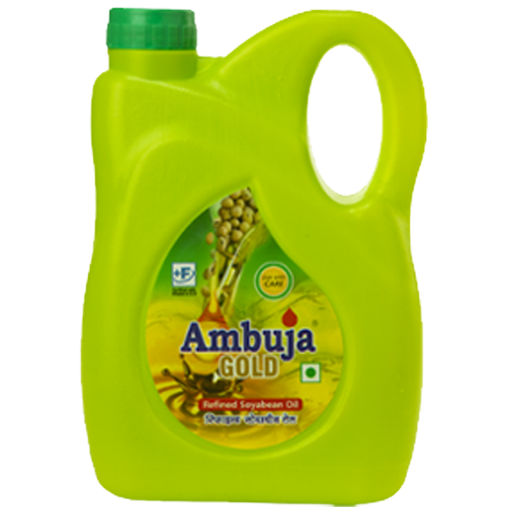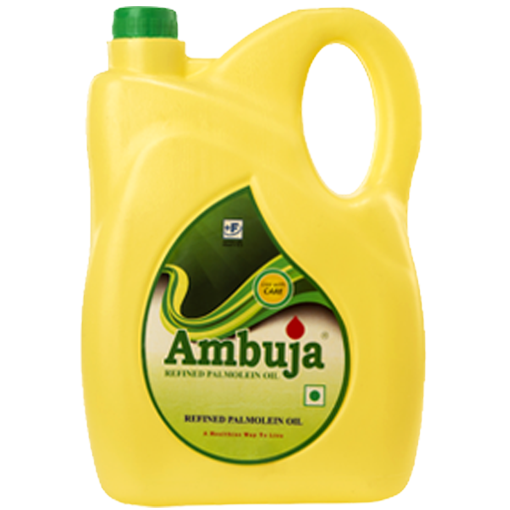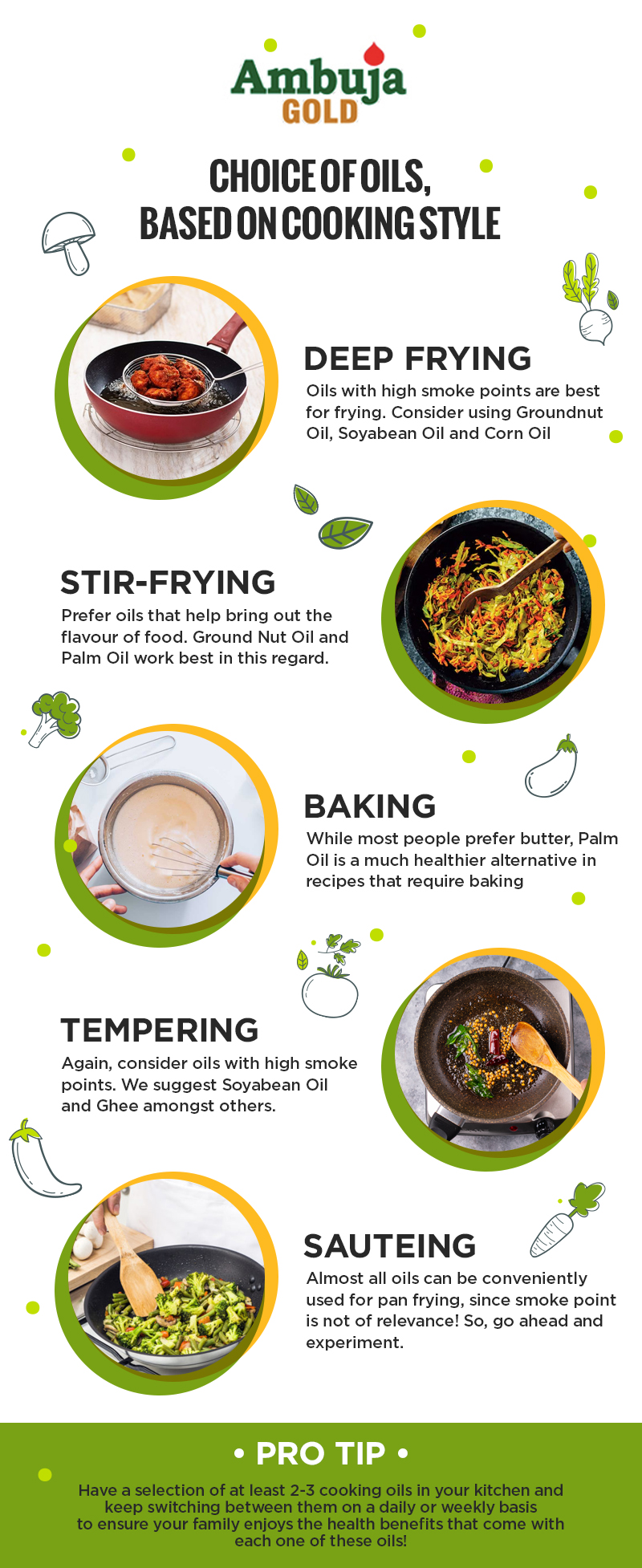Cooking Oil Selection Guide for Indian Mothers
The moment one thinks of Indian Cooking, the images of bright coloured vegetables, luscious curries, freshly tempered dals, and rich and succulent sweets come to mind. And of course, what also strikes the mind is the undeniable presence of a fair amount of oil in every possible dish!
Unfortunately, cooking oils have been gaining a bad name for the past few years, seemingly due to the presence ‘fats’ in them! This has created a troublesome scenario for Indian Mothers who want the best for their children and feel scared to cook as usual.
We believe, most people fail to understand that not only can the right amount of oil help bring out the taste and flavour of the food, but the right type of oil can also prove to be extremely beneficial for one’s health! Simply put, as an Indian Parent, you need not worry about the health of your loved ones. Instead, all you need to do is comprehend the best use of each type of oil, which is exactly what we aim to help you understand!


Soybean Oil
Before we dive into the details of how and when this oil can be used, let us first understand the concept of smoke point. The smoke point is essentially that temperature at which the fats in the oil start to break down and oxidise, a process that results in the formation of free radicals which put the body under oxidative stress.
Thankfully, Soyabean Oil has a higher smoke point of 256°C, which makes it great for use in high temperature cooking, which most Indian dishes require! So, right from tempering to sautéing, and from roasting to frying, Soyabean Oil largely checks all the boxes! Besides, it carries a fair amount of poly- and mono-unsaturated fats, complete with Omega-3 unsaturated fats making it a heart-friendly oil!
If you have a large family, where everyone’s health needs are different from each other, Soyabean Oil can be an ideal fit for your kitchen, considering it has health benefits for almost all age groups.
Myth – Soyabean Oil is not as healthy as Olive Oil
Reality – Soyabean Oil actually comprises of 61% polyunsaturated fat or the ‘good fat’, as opposed to a meagre 9% in olive oil. Besides, Olive Oil has a much lower smoke point of 190°C, implying it can only be used as a dressing or for sautéing, as against Soyabean Oil which can also be used for tempering and even frying! Hence, Soyabean oil is much more heart-friendly than olive oil!


Groundnut Oil
As is the case with Soyabean Oil, even Groundnut Oil enjoys a high smoke point of 232°C making it ideal for Indian kitchens. The exceedingly high concentration of poly- and mono-unsaturated fats in Groundnut Oil facilitates the decrease in low-density lipoprotein (LDL) or ‘bad cholesterol’. Since Groundnut Oil has a flavourless profile, it works great with traditional, continental as well as fusion recipes. If you have fussy-eaters in the house, this oil can prove to be the perfect pick for you!
Did You Know?
Soyabean Oil and Mustard Oil are two of the very few plant-based foods that contain a substantial amount of Omega-3 Fats, making it extremely beneficial for a vegetarian diet!


Palm Oil
Yet another oil with a high smoke point of 232°C - Palm Oil, can be easily used for all types of Indian cooking. Moreover, it works great when used in baking, thanks to its unique earthy flavour. While Palm Oil was not commonly used in Indian Kitchens until a few years ago, it is slowly but strongly making its way, in Indian homes as well as hearts!
We are sure you never knew some of the most popularly used oils bring in such multitudes of health benefits. Of course, by now, you might be a little confused as to which oil to prefer? Don’t worry, we have your back. We bet, this infographic will prove to be rather helpful. If needed you can even take a print and stick it on your refrigerator or kitchen counter for easy access!


